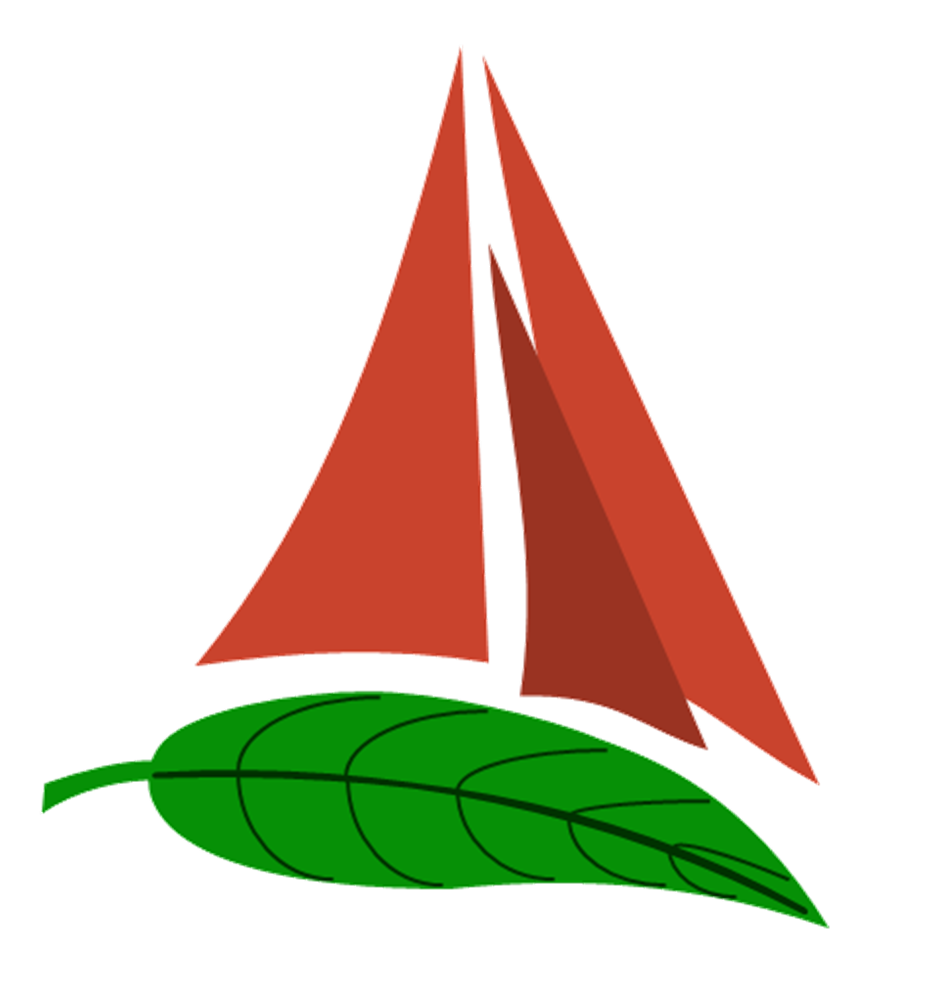Do you have a good anchor? Is it really good?!
We have been riding out some power Christmas winds in St. John’s Coral Harbor where we are protected from the swell, but the wind still seems to funnel its way into the anchorage. Since this is an incredibly popular spot, it is also crowded; this means we are at the edge of where we feel comfortable and completely reliant on our anchor doing it’s job!
Our anchor needs to hold us in place as we swing and dance around in the wind without letting us drift backwards into shallower waters. We have been here for a week now and while many boats have dragged away from us, we have remained in the same place.
The truest test of an anchor is the track you boat leaves on any GPS plotter. Here you can see if you boat is slowly plowing through the seabed or if you are merely swinging on an arc.
When the winds are more varied, you can see the arc better. The arc is the outer limit of your anchor rode. It also shows that your anchor is not budging and instead is holding you firmly in place.
If your track looks like a zig zag or a straight line, then your anchor is dragging and your anchoring setup should be re-evaluated.
While the anchor is considered to be the most talked about part of any anchoring discussion, it is not the only part! Another very important part is what connects you to the anchor. Be it chain, rope, or some combination thereof, the rode is made up of all the parts between the boat and the seabed.
Our anchoring system consists of a 65lbs Mantus Anchor, connected to a Mantus swivel, connected to an all chain rode with 7:1 scope (5:1 minimum) and secured to the boat with a 20 foot three lay line tied to the chain with a Magnus Hitch acting as the snubber.
This entire system holds onto the seabed firmly while preventing shock loads to the anchor and maintains the pull at the correct angle.






